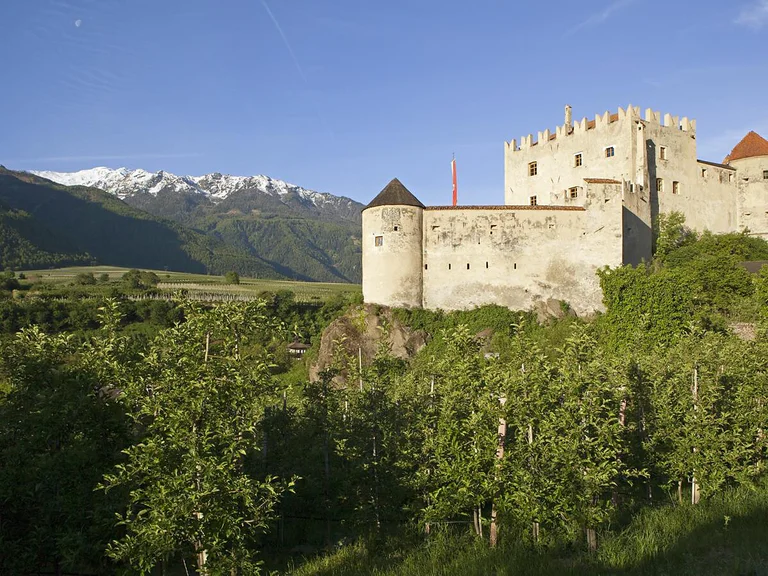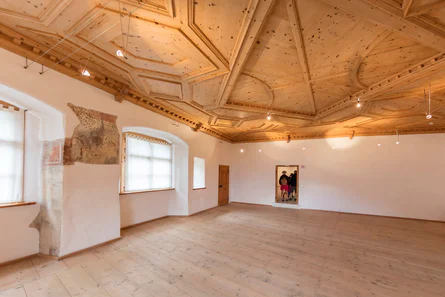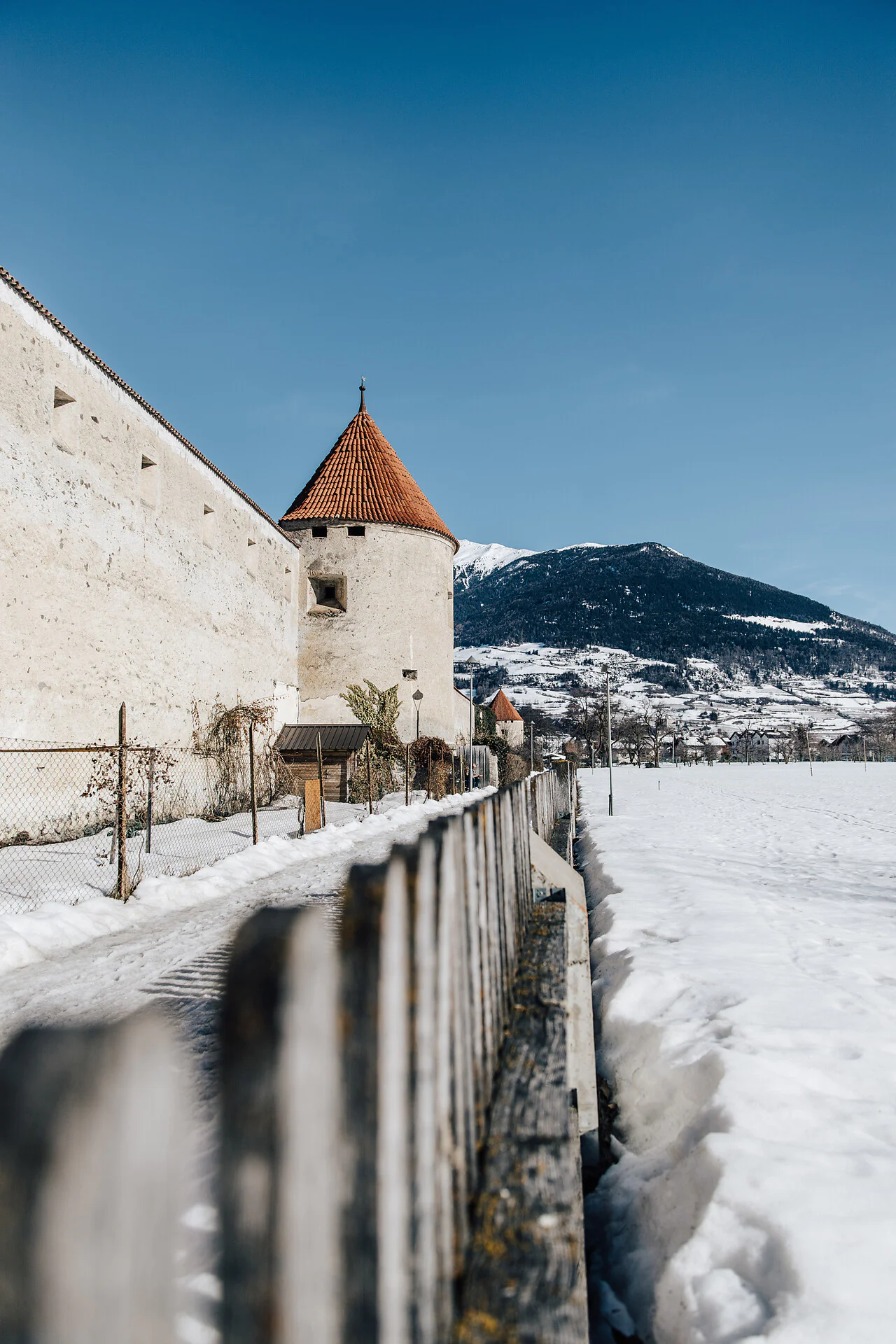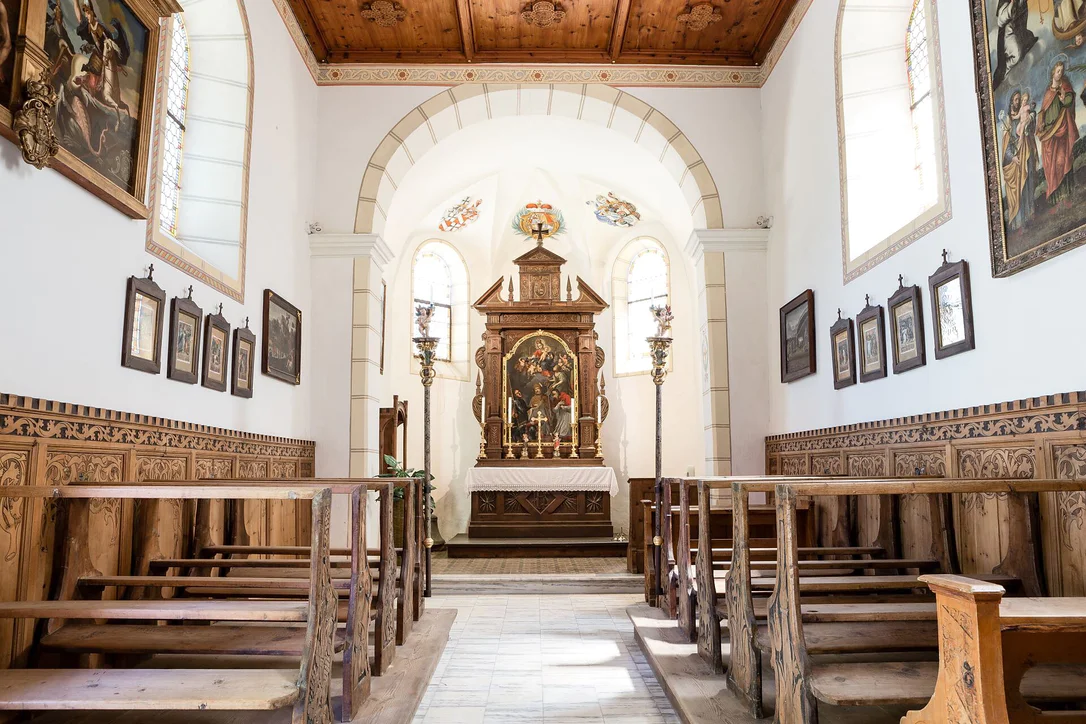Zwiedzając 31 wyjątkowych miejsc wzdłuż Alpejskiej Drogi Sztuki Romańskiej - Schodów do Nieba między Południowym Tyrolem a kantonem Gryzonia, nadal można odkryć szczególne cechy sztuki i kultury tamtych czasów, w tym jej charakterystyczne symbole i elementy budowlane. Zachwyć się zarówno małymi, nieznanymi obiektami kulturalnymi, jak i większymi, bardziej znanymi miejscami, takimi jak zamek Schloss Tirol, klasztor św. Jana w Müstair i opactwo benedyktyńskie Marienberg. Romański był czymś więcej niż tylko stylem artystycznym, był duchową ideą wyrażoną przez budynek, obraz lub rzeźbę. Architektura i kosmos obrazów zostały zaprojektowane jak świątynia, każda inspirująca drugą w swojej monumentalności. W kościołach odkrywano mityczne stworzenia, syreny, centaury i pożerające kolumny demony. Zgodnie z ówczesnym światopoglądem, stworzenia te zamieszkiwały strefy peryferyjne płaskiego dysku Ziemi i ilustrowały kontrast między boskim porządkiem a ludzkim chaosem. Podziwiaj freski malarzy, którzy w tamtych czasach byli nieznanymi rzemieślnikami. Tacy rzemieślnicy pracowali w służbie czegoś poza sobą i stworzyli ilustrowany teologiczny kosmos dla swoich pracodawców.
The building of the chapel followed in the late 13th or early 14th cent. The walls contain a frieze with the Twelve Apostles as well as texts from the Confession of Faith. Because the apostles are turned towards one another in pairs, the quotations are alternately written in plain and inverted script.

































































































































